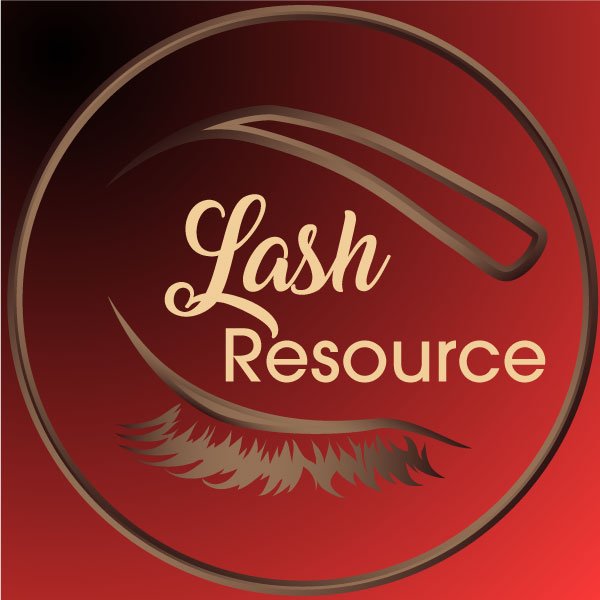Throughout most of history, long eyelashes have been a sign of youthfulness, attractiveness and considered fashionable. Except maybe during the 1400s when women literally pulled out their eyelashes, because the church shunned any display of hair due to its suggestive or seductive disposition. Despite that detour, lashes being thought of as a symbol of youth and beauty may have arisen from the fact that as we get older, our eyelashes naturally tend to get a bit shorter, sparser and thinner. It is no secret that long lashes make us look younger, feel younger and sexier. Long lashes can change the shape of your face, soften curvatures, widen your eyes and make them appear larger. Lashes can also change your appearance from soft and subtle to seductive and dramatic. That is why thousands of products are sold to enhance the look of lashes, from mascara, to lash serums, to extensions.
In Ancient Rome, Pliny the Elder thought that they were a symbol not just of youth but also of chaste character, claiming that, “eyelashes fell out from excessive sex and so it was especially important for women to keep their eyelashes long to prove their chastity.” Pliny the Elder was wrong about all of that, but that did not stop Roman women from lining their eyes so that their lashes appeared more thick and lush.
Of course, the demand for youthful beautiful lashes was so strong that by the late 19th century, there were surgical treatments being offered for transplanting the hair from your head to your eyelids with an ordinary needle and strand of hair. False eyelashes were patented in 1911 by Anna Taylor, even though they had been around in some form for decades before. However, false eyelashes were not common until 1916 when a silent film director requested that the actress that was staring in his film have lashes “that brushed her cheeks, to make her eyes shine larger than life.” A local wig maker invented lashes for her by weaving human hair onto gauze and then gluing them to her eyelids with spirit gum (we do not recommend this). Mascara was being marketed in 1917, by 1921 false lashes were popular among actresses and by the 1930s, false eyelashes were everywhere. During the 1960s, lashes were all the rage with over 20 different types and over 20 million pairs being sold per year. Although false lashes have come a long way since the 1960s, it has not been all that long that lash extensions have been able to offer us all the comfort and choices that we have today to customize how we enhance our eyes and our looks.

